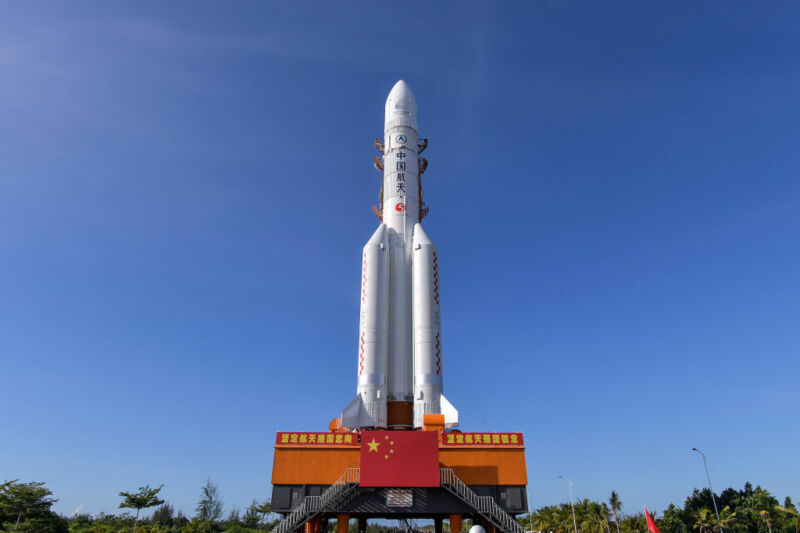
On Sunday, an orbiter built by the United Arab Emirates launched to Mars. Next week, possibly as early as Thursday, July 30, NASA will launch is large, 1.05-ton Perseverance rover toward the red planet.
Sandwiched in between these to missions, however, is China's first interplanetary spacecraft. With its ambitious Tianwen 1 mission, China will attempt to orbit and land on Mars on its first attempt, subsequently deploying a rover. This is significant, because the typical mode of exploration is to first flyby a new world, then enter orbit, and only then send a spacecraft to land and potentially rove around.
China has the benefit of learning from NASA's exploration of the red planet, of course. Even before Perseverance, NASA has landed eight spacecraft successfully on the surface of Mars over a period of decades.
But it is not easy. The Soviet Union sent multiple landers to Mars, and none survived more than a few seconds on the planet's surface. Two attempts to land by the European Space Agency have also failed.
The mission is likely to launch early Thursday, US time, between midnight and 3am EDT (04:00-07:00 UTC) Thursday onboard a Long March 5 rocket from a spaceport on Hainan, an island in the South China Sea. China space reporter Andrew Jones estimates the launch will occur around 45 minutes after the window opens. Keeping with the nation's practice of generally only announcing launches after successful liftoffs, it seems unlikely that China will provide live coverage of the launch.
Landing like NASA
The mission's rover has a mass of about 240kg, which is slightly larger than NASA's Spirit and Opportunity rovers, but about one-quarter the size of the larger Curiosity and Perseverance rovers.
To get this rover safely to the ground, Aviation Week reports that China's space agency will use a four-stage process. After the lander separates from the orbiter in Mars orbit, it will use aero-dynamic braking through the thin Martian atmosphere to shed about 90 percent of its velocity, down to 460 meters/second. After this, a parachute will deploy for 90 seconds, followed by propulsive braking.
At an altitude of about 100 meters, the lander will hover to survey the ground, autonomously identifying a safe place to land before settling down on the ground. This process has some common elements with the manner in which NASA put its Curiosity rover on the ground, and Chinese officials have been telling the public to expect "seven minutes of terror," as Curiosity's 2012 landing was described by NASA.
The rover will carry six scientific instruments, including a ground-penetrating radar that can image about 100 meters below the ground, and technology to search for signs of life. China intends for this orbiter and lander to demonstrate technologies that could lead to a sample return mission in the 2030s.
China has previously attempted to fly a probe to another planet only once, in 2011, as part of the Russian Phobos-Grunt mission to the Martian Moon of the same name. This vehicle failed to reach orbit, however, and so the Asian nation decided to proceed on its own for further endeavors.
World - Latest - Google News
July 22, 2020 at 08:42PM
https://ift.tt/30JIAxc
China set to launch an ambitious lander mission to Mars - Ars Technica
World - Latest - Google News
https://ift.tt/2SeTG7d
Bagikan Berita Ini














0 Response to "China set to launch an ambitious lander mission to Mars - Ars Technica"
Post a Comment